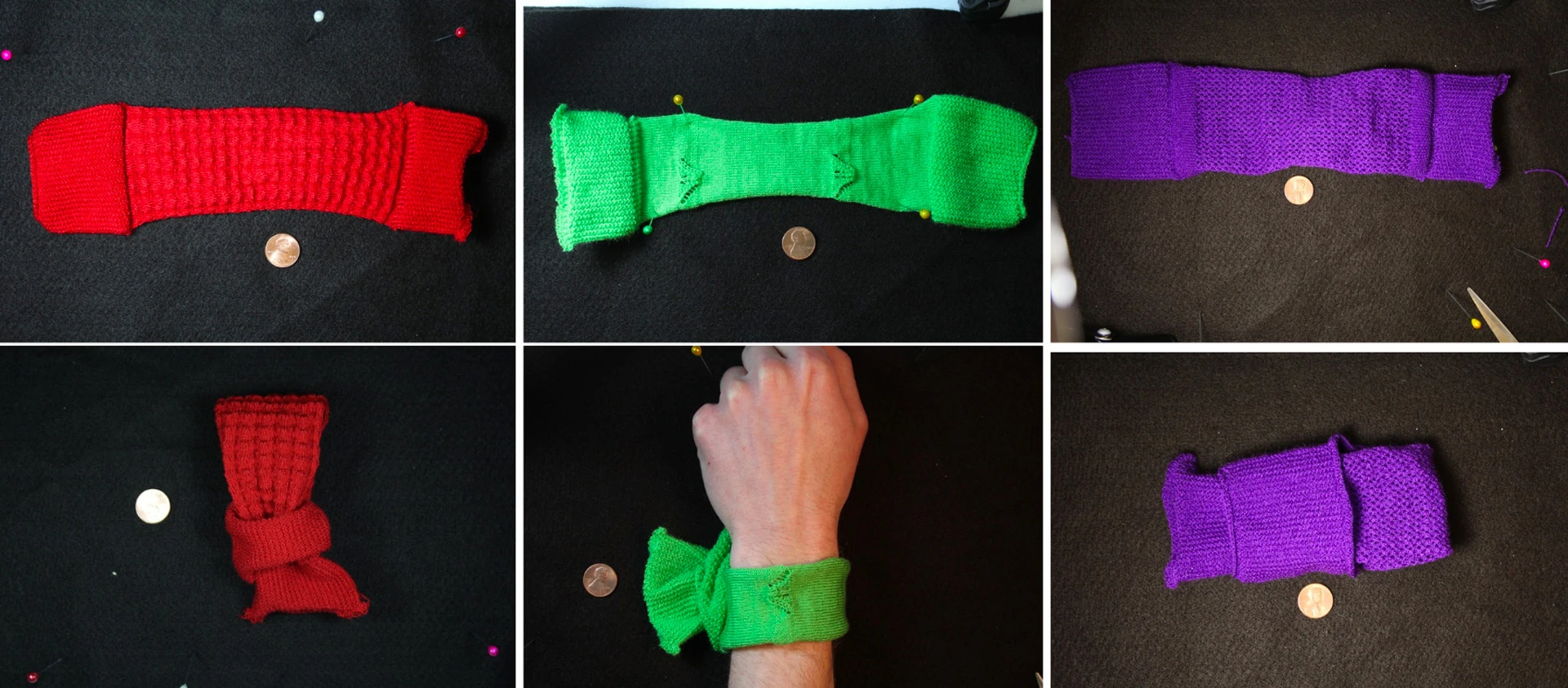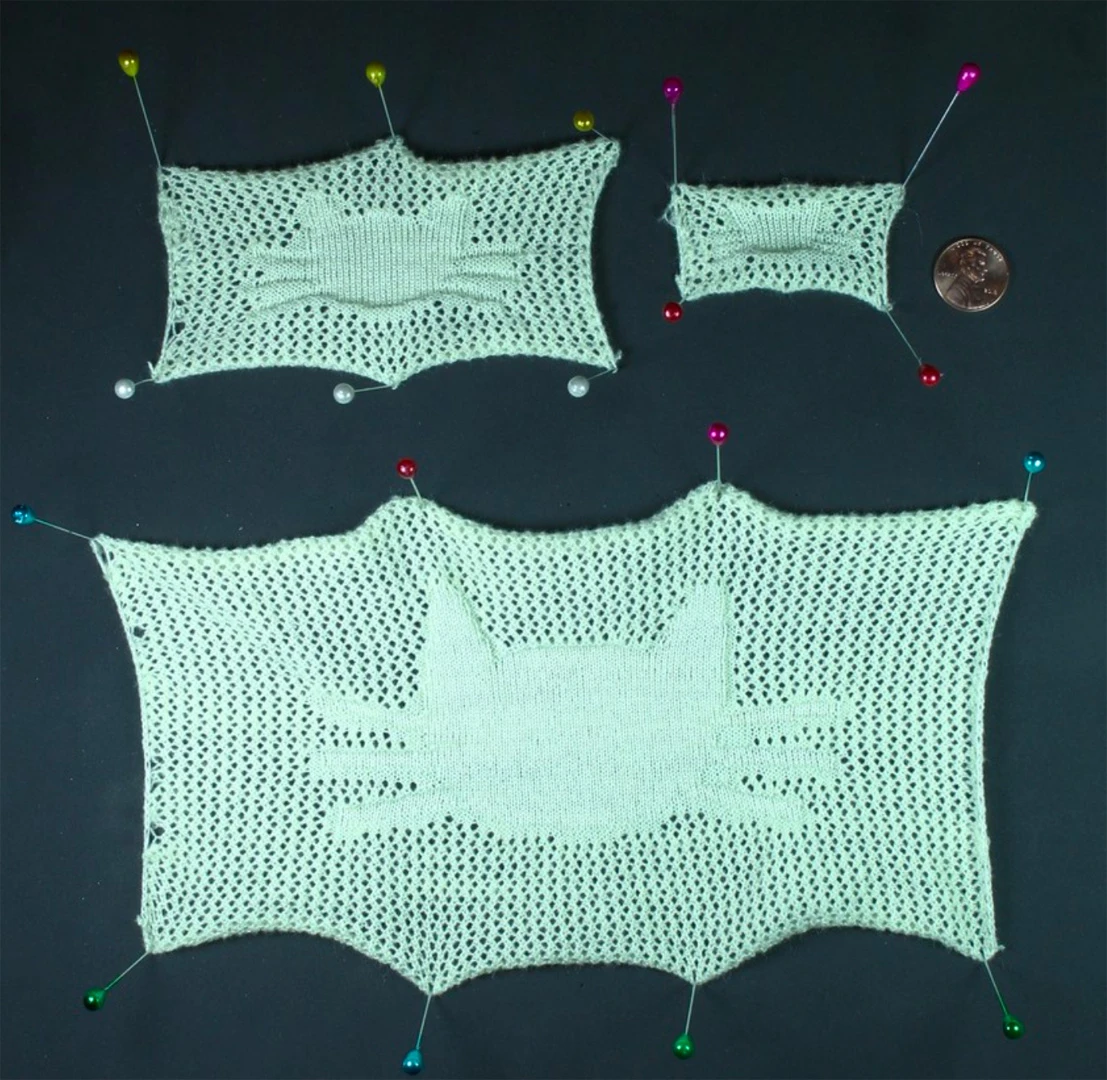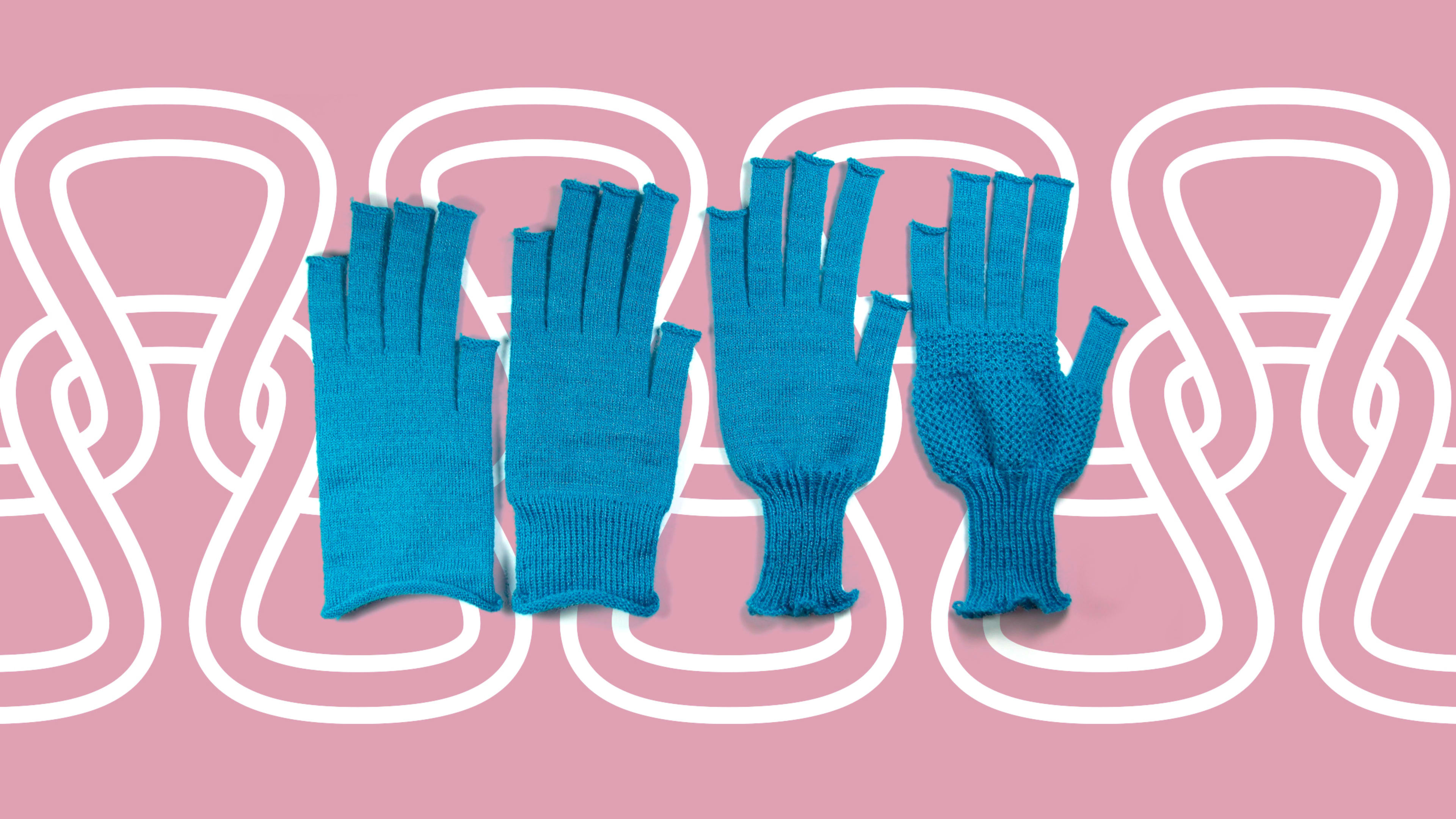When I was a baby, my grandma knit me an impressive range of little booties and blankets. I’ve been worried that I will utterly fail at my grandmotherly duties when I eventually have grandchildren because I am complete rubbish at knitting. For several years in my twenties, I tried to pick up the skill, but it was simply beyond me. (Case in point: I own the world’s longest unfinished scarf because I still haven’t figured out how to cast off.)
But a team of computer scientists at MIT have seen my despair, and they want to help. They’ve developed a software called InverseKnit that will allow anyone to design a pattern on a computer (no coding skills required!) or upload a picture of an existing knitted item. That image can be sent to any existing 3D knitting machine to produce the final product. You might sketch out some hip fingerless gloves or a beanie with a unicorn on it, and a few minutes later, the garment will appear as if by magic. Or you might upload a picture of an infinity scarf, tweak the color on the computer, and presto! Your scarf is done.
To make this software, the scientists created an enormous data set of knitting instructions and matched images to each of those patterns. They then trained the neural network on the data to translate the images into knitting instructions using computer vision technology. By the end of the process, they were able to give the system a photo of a glove and let the model generate a set of instructions for the knitting machine. During tests, InverseKnit produced accurate instructions 94% of the time.
3D knitting machines are not themselves new. In the fashion industry, some brands use large industrial knitting machines in their manufacturing facilities. A brand’s designers will come up with a pattern, which will then be sent to the machine in the factory to quickly churn out garments. For instance, Boston-based fashion label Ministry of Supply had a 3D printer in its store that would make sweaters on demand for customers in a matter of hours.

What’s different about MIT’s new system is that it allows the anybody—even people with no expertise in knitting or designing on a computer—to easily design a new knitted object from scratch, customizing every aspect of the product to their specifications. Right now, industrial knitting machines are extremely expensive, often upwards of $100,000. But there are currently several companies working to lower the cost of this machinery, including a manufacturer called Kniterate. Over time, as these costs come down, it may be possible for individuals or groups of designers to own a machine like this, churning out infinity scarves and ugly sweaters for everyone on their Christmas list.
“We’re exciting about how this can be used by everyday, nonexpert knitters,” says Alexandre Kaspar, one of the scientists who developed this technology and the lead author on a new paper about the system. (That’s a nice way to refer to people with zero knitting skills, like myself.) “This lets anybody become a designer.”

In fact, Kaspar and the team asked two people who had no knitting experience to try the machine, with only a 30-minute introduction to how it worked and a sample video. They then had the opportunity to customize a beanie and a glove on the computer program. The results were documented in the paper. “[E]ach one successfully designed sophisticated, machine-knittable structures that were easy to fabricate,” it reads.
The software also has the potential to upend the fashion industry. Kaspar believes it would be relatively easy for fashion companies to adapt and scale this software to help customers create customized garments. Brands might have 3D knitting machines in store, much like the one at Ministry of Supply, but customers would be able to easily tweak the design of a garment or draw an image that would get knit into the final product.
Kaspar and the team are still finessing the software. For instance, right now, it has trouble creating patterns with multiple parts, like a sweater where the sleeves need to be attached. And the software can only handle one yarn, so the team is working on adapting it to use multiple types of yarn of different thicknesses for a single garment.
Jim McCann, an assistant professor in the Carnegie Mellon Robotics Institute—who was not involved in the research—believes that this software has the power to transform the 3D knitting industry, changing the way that we manufacture knitted products and potentially making it possible for everyone to create their own items at home. “Right now, design tools are holding the technology back, which is why this research is so important to the future,” he says.
All of this is good news for me. Thirty years from now, when I’m a grandmother, there’s a chance I’ll be able to just design some baby booties on a computer and send them to my handy home knitting machine.
Recognize your brand’s excellence by applying to this year’s Brands That Matter Awards before the early-rate deadline, May 3.
